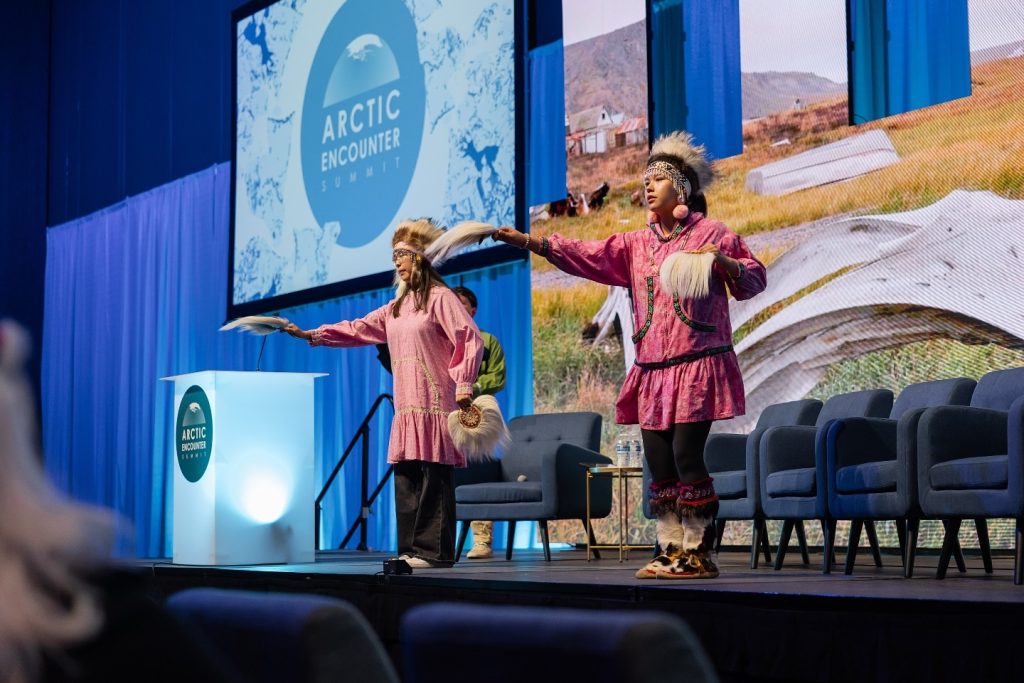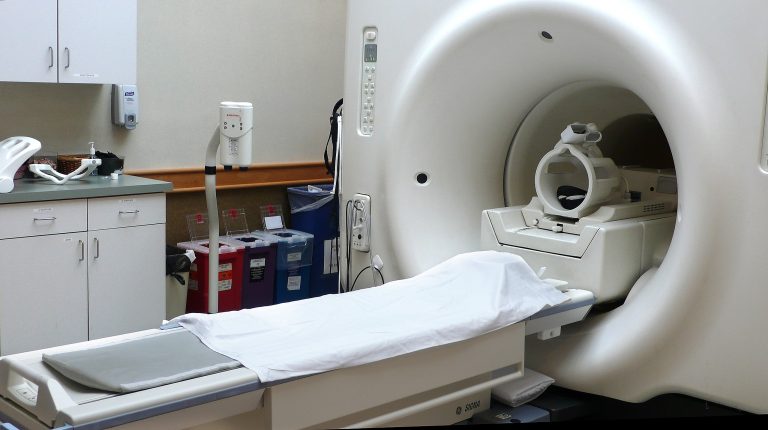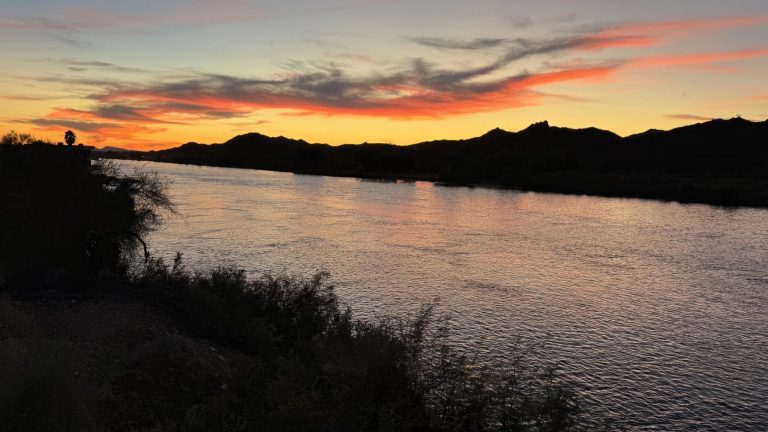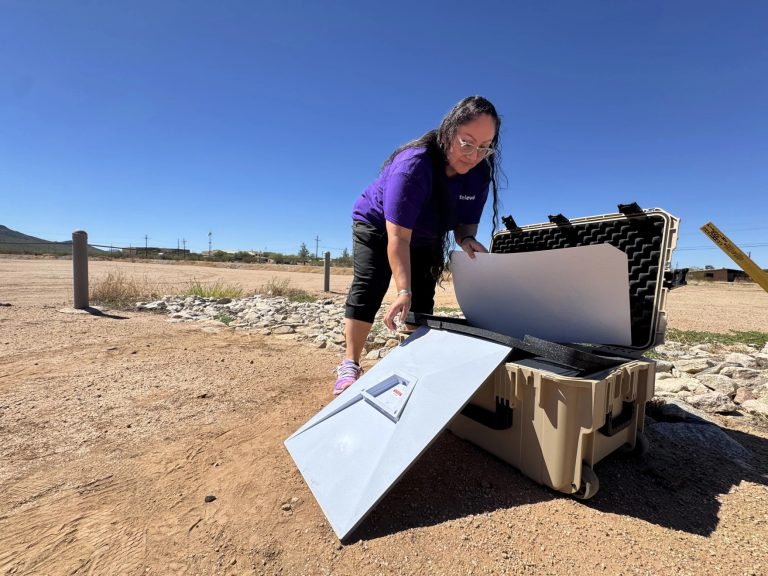Podcast: Play in new window | Download | Embed
A lack of reliable infrastructure is tied to worse health and economic outcomes for kids in rural Alaska.
That’s according to panelists at the final day of Arctic Encounter, a symposium that just wrapped up in Anchorage, Alaska last week.
Francine Moreno of Alaska Native Tribal Health Consortium says Alaska has the lowest rate of in-home plumbing in the nation, which directly leads to health issues.
“Without plumbed water, Alaska Native children are hospitalized with RSV five times higher than the United States. The hospitalization for pneumonia is 11 times higher than in the U.S.”
Moreno says her organization is working to close the water access gap in local villages.
She says it’s easier to find solutions by partnering with community leaders — and she says because services like water, sewer, heat, and energy are connected, utility providers have to coordinate to prevent service interruptions.
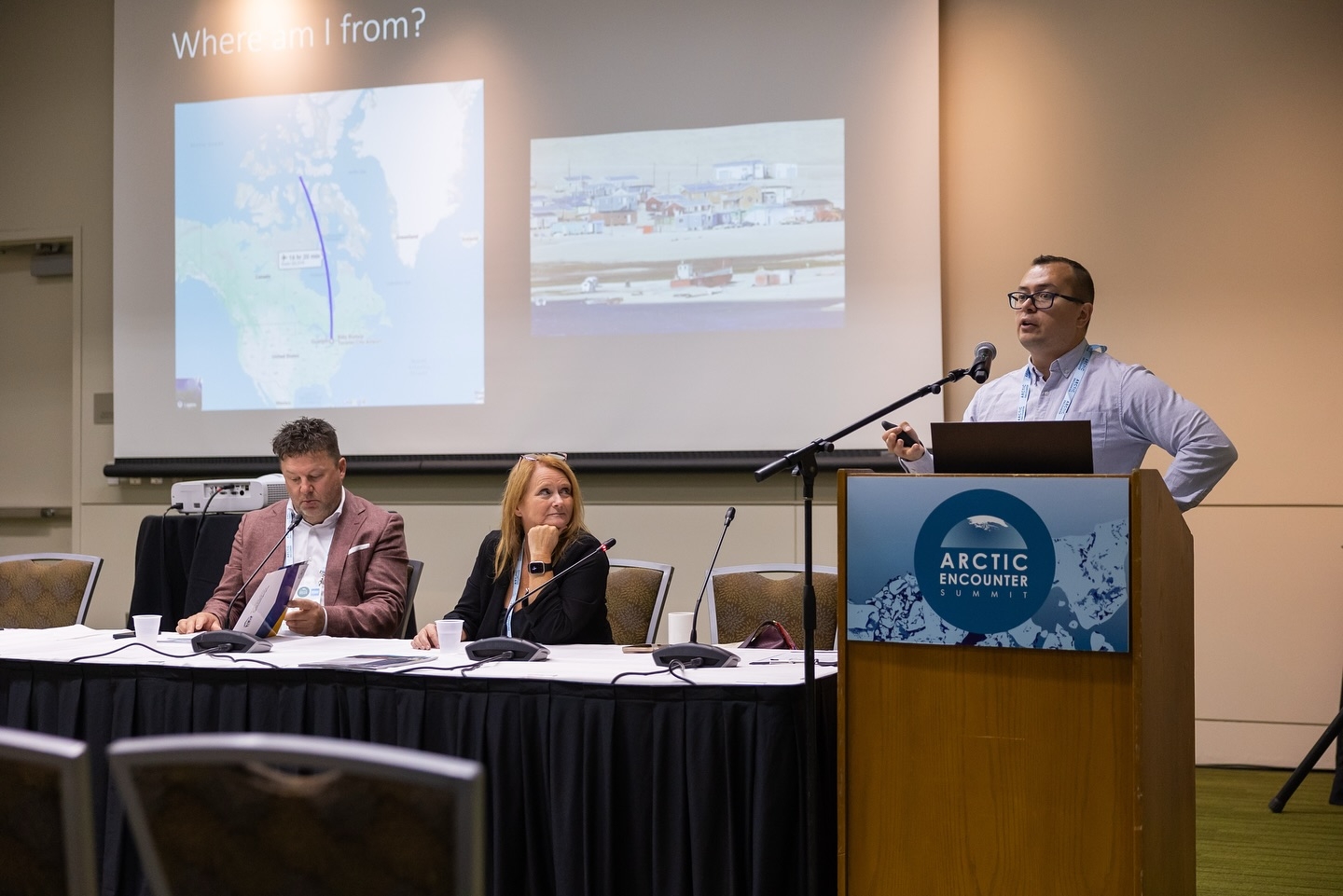
Eiryn Devereaux, left, participating in a housing construction panel. (Courtesy Arctic Encounter Symposium)
Eiryn Devereaux is the president and CEO of the Nunavut Housing Corporation in Canada.
He says that in his region, aging housing and a growing population has created a dire need for thousands of new homes, something that many Alaskan communities can relate to as well.
“We have such a prevalence of overcrowded housing in Nunavut. It’s challenging for kids to get up in the morning and go get an education if they don’t have a place to sleep at night, or if they’re bouncing from one coach to another.”
Devereaux says the housing corporation has built almost a thousand new homes in three years to address the issue. He says they did it by expanding the list of construction companies they work with, mitigating costs and moving away from relying on outsourced labor.
Panelists on Friday also discussed how building in the Arctic, where permafrost is quickly melting, goes hand in hand with climate research — and how keeping this research updated can be a challenge in light of recent funding and research freezes.
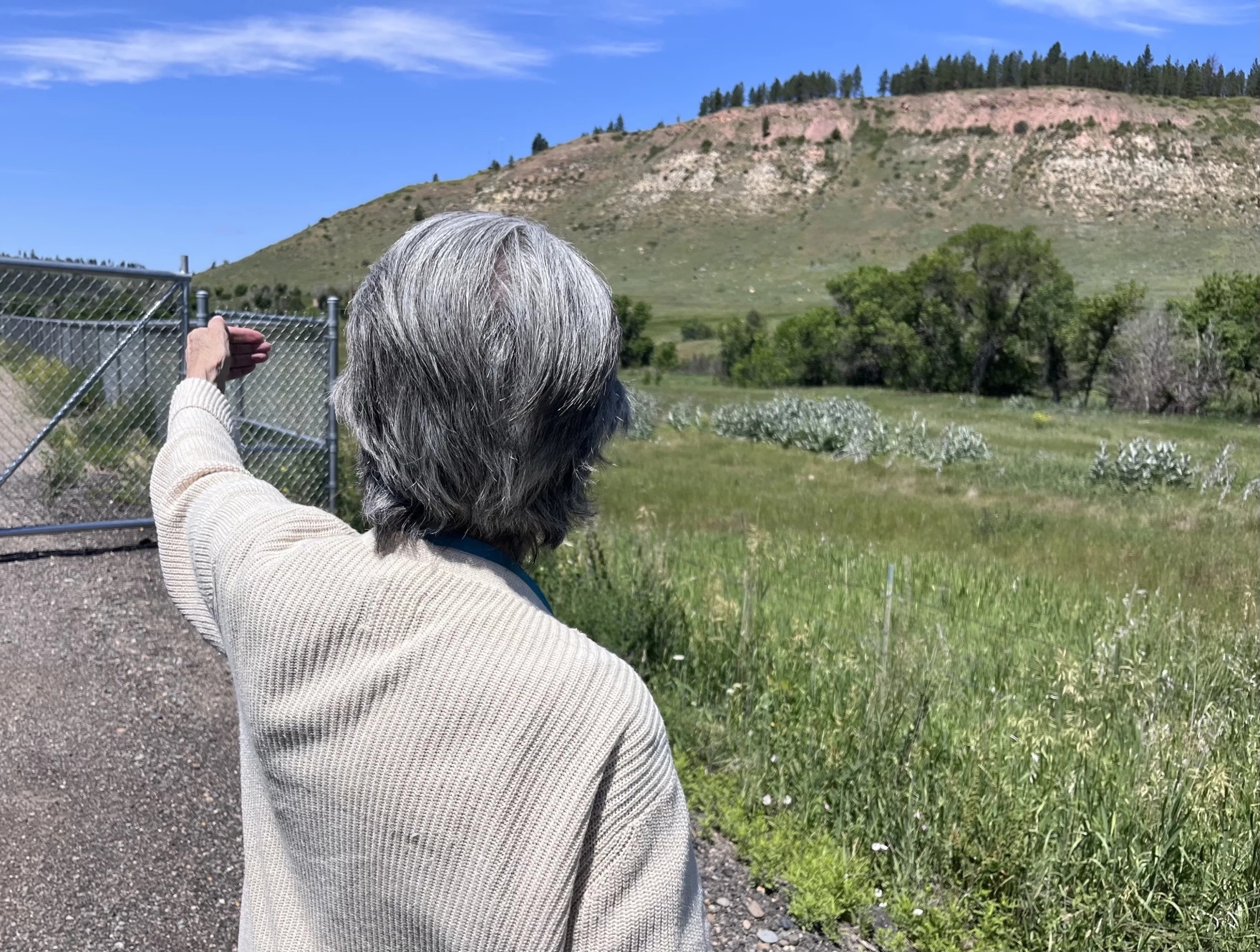
Pantry founder and board chair Emma Harris indicates the boundaries of the land they plan to build on in Lame Deer, Mont. (Photo: Kayla Desroches / Yellowstone Public Radio)
After years of temporary sites, the Northern Cheyenne Food Pantry in Montana now plans to establish its own headquarters.
As Yellowstone Public Radio’s Kayla Desroches reports, operators hope to expand not just food access, but food independence.
It’s a weekday breakfast service at the pantry in Lame Deer, Mont., the Northern Cheyenne Tribal seat.
People chat and pour themselves coffee.
The pantry is one of the only food options here. It operates out of an auto garage, next to Lame Deer’s one grocery store.
Locals either pay local prices or drive nearly two hours to the closest big city.
The pantry estimates it distributes 100 boxes monthly, many to multifamily households and elders without transportation. The staff is small.
Raymond Holmes returns the pantry’s support by pitching in.
“It’s really helping the people, helping the elders. The ones who can’t get around and the handicapped ones, so it helps me and I help them.”
Pantry founder and board chair Emma Harris leads the pantry’s funding efforts. She says they’re planning their own building, not just a permanent homebase but also an expansion of traditional foods and practices.
The field they want to build on is just a couple of minutes away by car, east of the roundabout at the center of town.
The property needs funds. Harris says that’s why the pantry is doing a feasibility study: to analyze costs and show potential funders what they would be bankrolling.
That would include a public garden, where members can grow their own plants and herbs, and a space to share knowledge about traditional food systems.
“I think the Creator kind of looks out for this place because it’s a much needed benefit for the people, so the people who are here make it. They’re the one who make it successful.”
Get National Native News delivered to your inbox daily. Sign up for our daily newsletter today.
